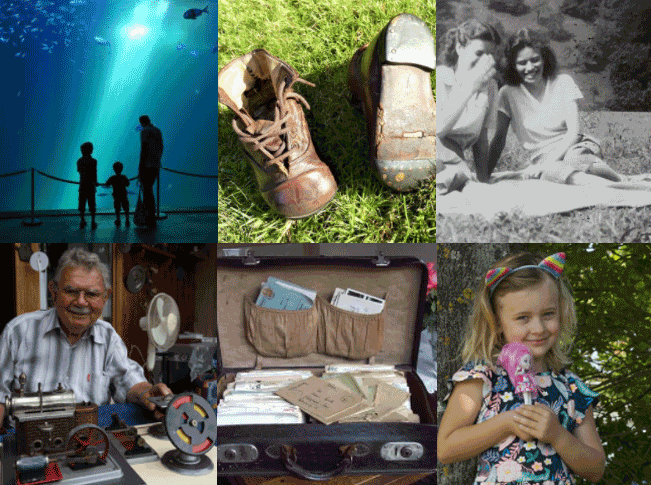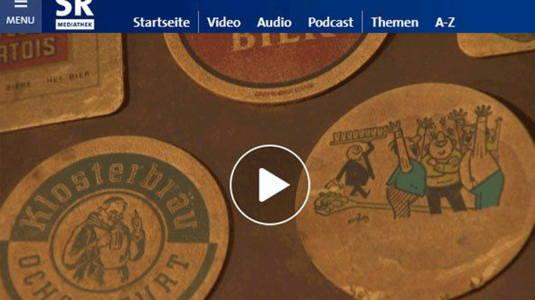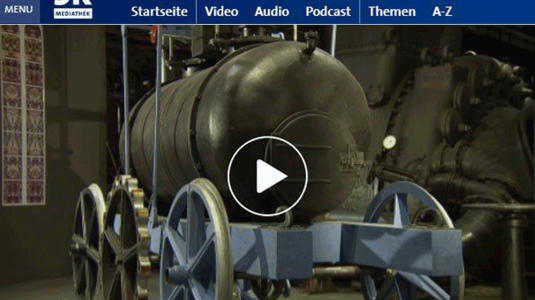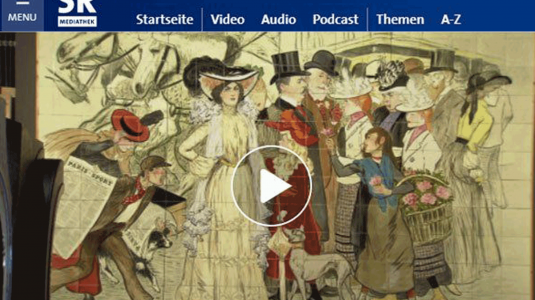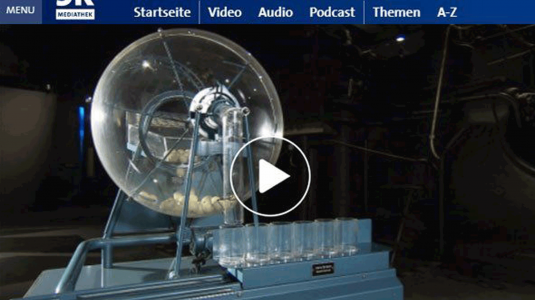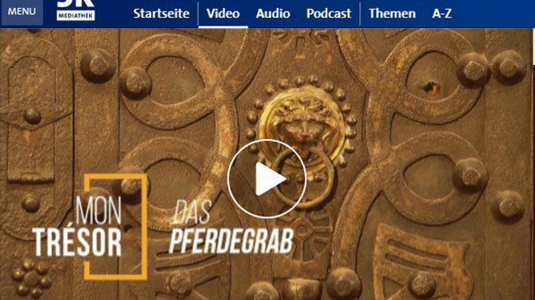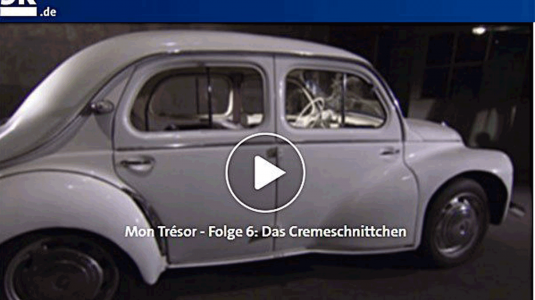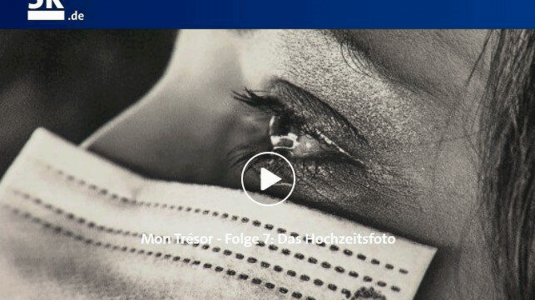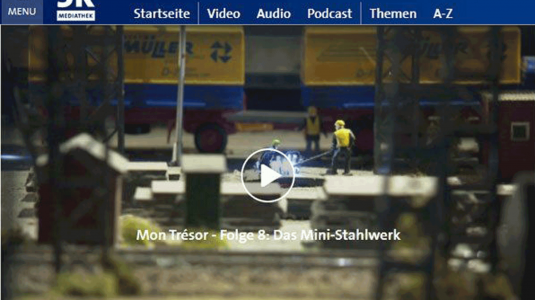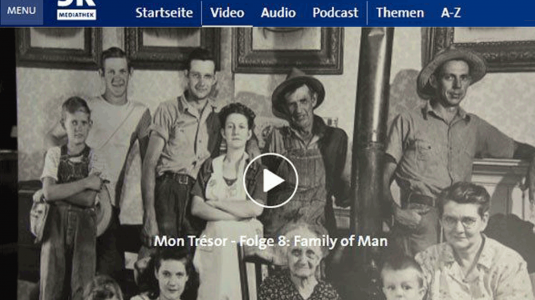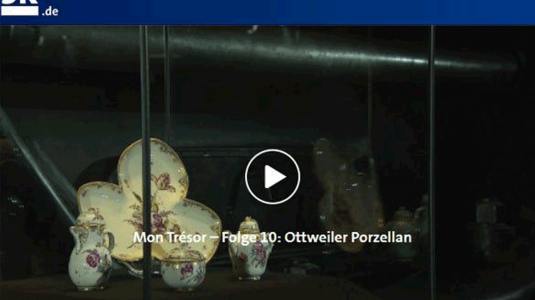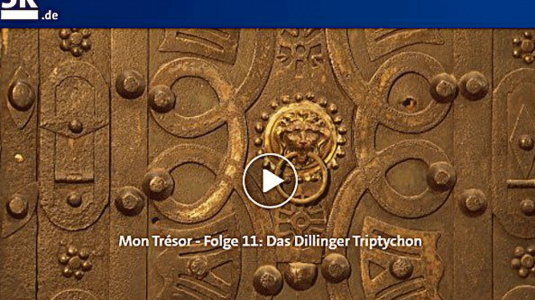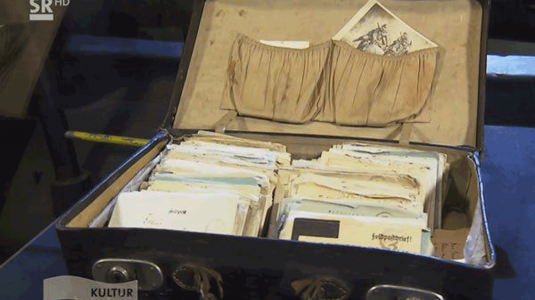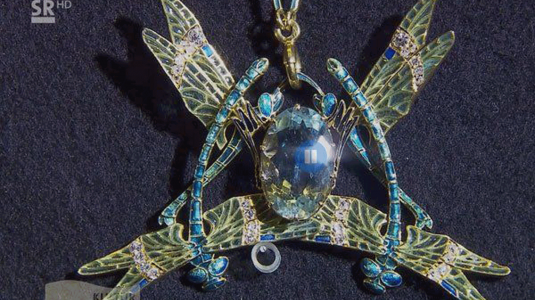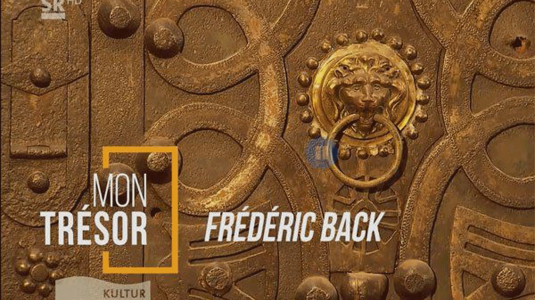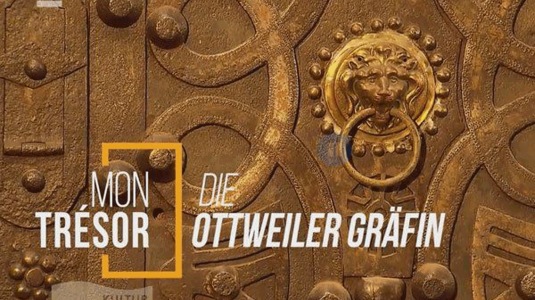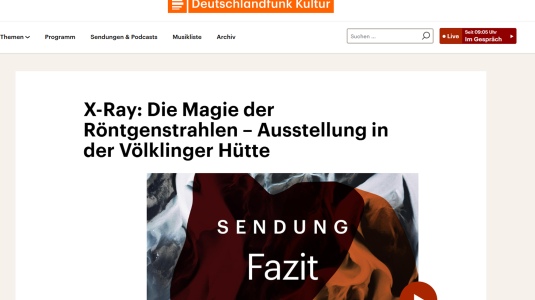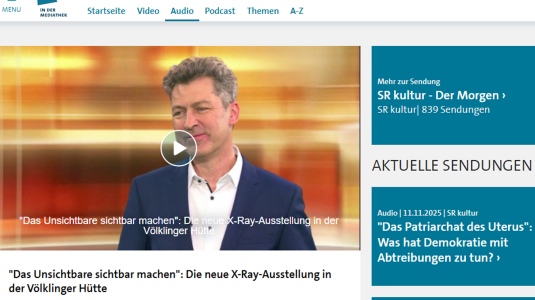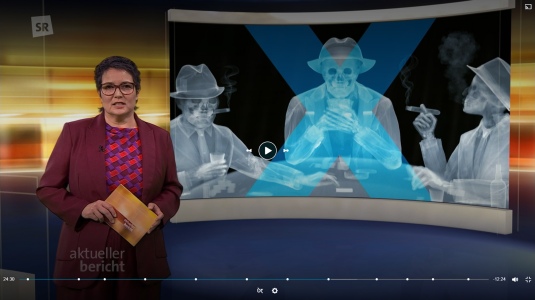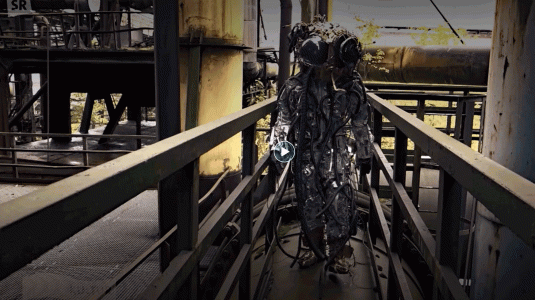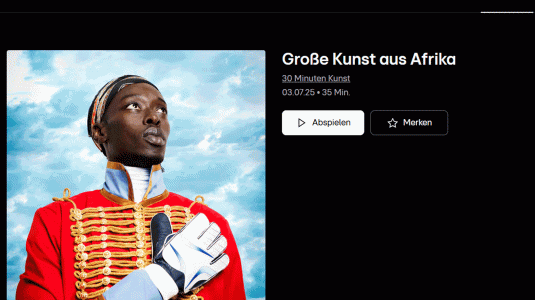Mon Trésor - Europe’s Treasure in Saarland
Europe’s Treasures in Saarland
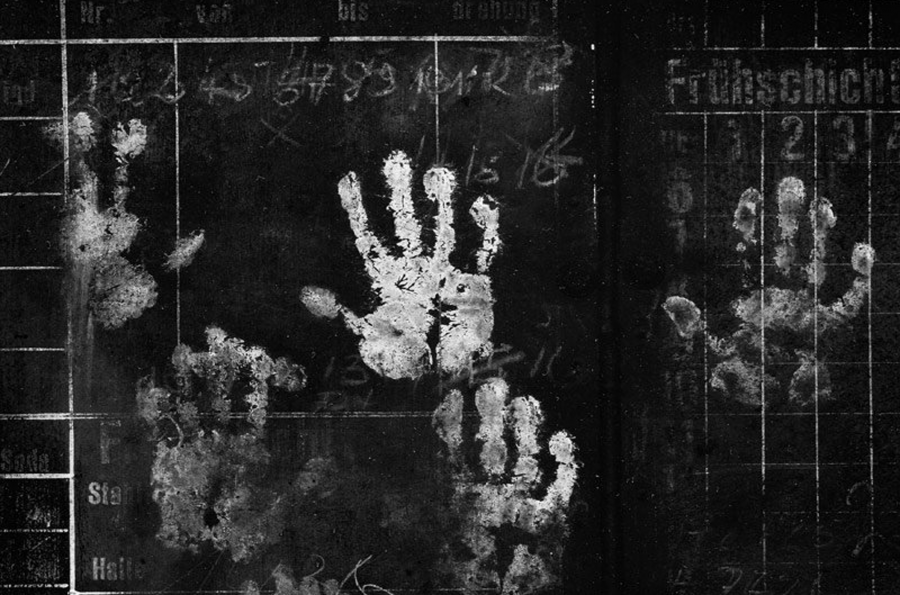
A 20 06 29 dieter walter
In addition, visitors will encounter surprising discoveries that shed light on the cultural and human dimensions of this international region. But “Mon Trésor” also takes a personal, subjective approach. “My treasure” can be any object with a special personal meaning. Visitors are confronted with the questions: What do I treasure? What’s important to me personally?
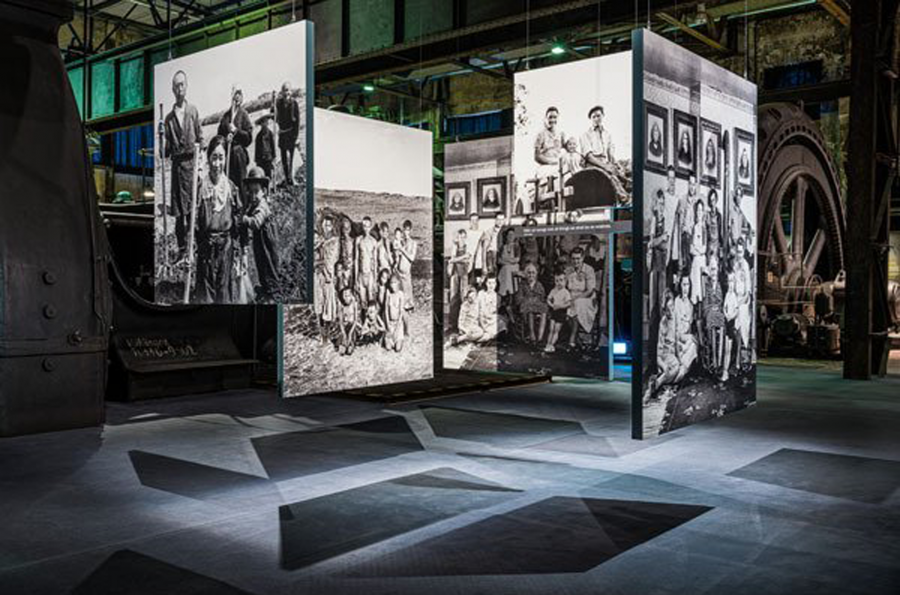
WKE Mon Tresor 106997
Ceramics from Sarreguemines, precious jewellery from Musée Lalique and a reproduction of the groundbreaking photo exhibition “Family of Man by Edward Steichen, which is now housed in Luxembourg and is inscribed on the UNESCO Memory of the World Register: all of these exhibits testify to the European dimension of the wider Saarland-Luxembourg-Lorraine region.
Yet the title “Mon Trésor” is also to be taken literally. After all, every treasure is personal first, even if it is later revered as a cultural asset. Thus a farewell letter from a seven-year-old to his father – hastily written when the family was suddenly ordered to evacuate at the outbreak of World War II – is exhibited next to a Roman ring of a child telling a similar story of danger and flight.
The history’s echo chamber

WKE Mon Tresor 106997
What is a treasure? Is it a valuable archaeological artefact? The work of a Saarbrücken-based photographer after whom an international style was named? Or a wedding ring fashioned out of brass tubing by a miner for his wife and worn until the couple had saved enough money for a “real” ring made of gold?
The title “Mon Trésor” – “My Treasure” – is to be taken literally. After all, every treasure is private in nature first, even if it later comes to be regarded as a cultural asset. Thus a farewell letter from a seven-year-old to his father – hastily written when the family was evacuated at the outbreak of World War II – is exhibited next to a child’s Roman ring telling a similar story of danger and flight.
The blower hall
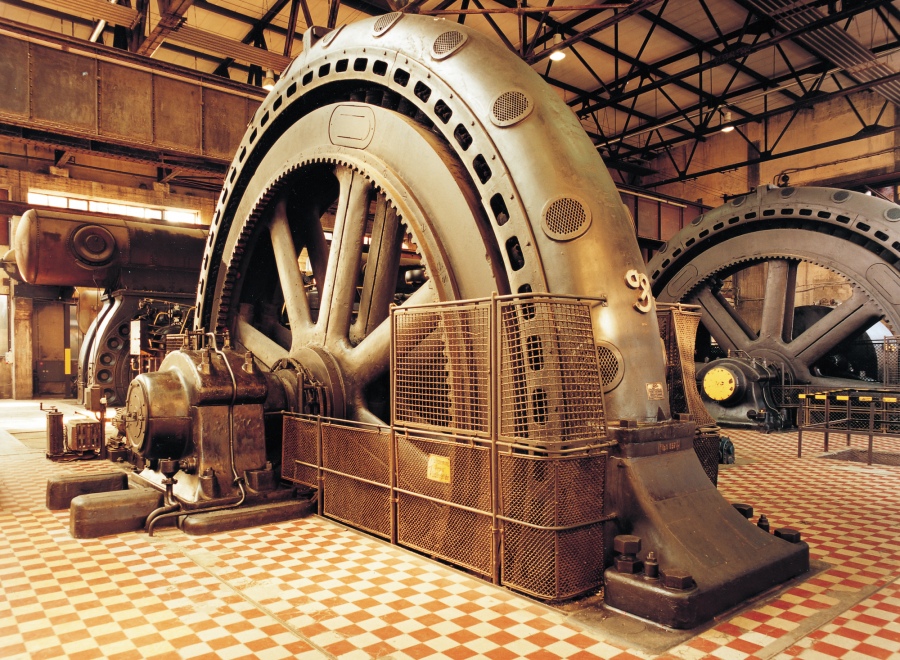
The huge flywheels of the blowers No. 9 &10
Copyright: Weltkulturerbe Völklinger Hütte | Franz Mörscher
The blower hall space has been completely transformed. Nearly all of the partition walls have been removed, offering a new view of the blowing engines – the only ones of their kind in the world – while also providing a new way of staging an exhibition. The new layout showcases the industrial architecture, revealing many of the blower hall’s treasures.
While installing the exhibition, a worker’s locker that had not been opened since the ironworks closed was found in a stairway where a Celtic grave was supposed to be exhibited. In “Mon Trésor”, the blower hall is thus doubly significant. Not only is it an atmospheric space in which to view treasures, its historical design and equipment makes it a unique treasure from Saarland with international significance.
Be amazed
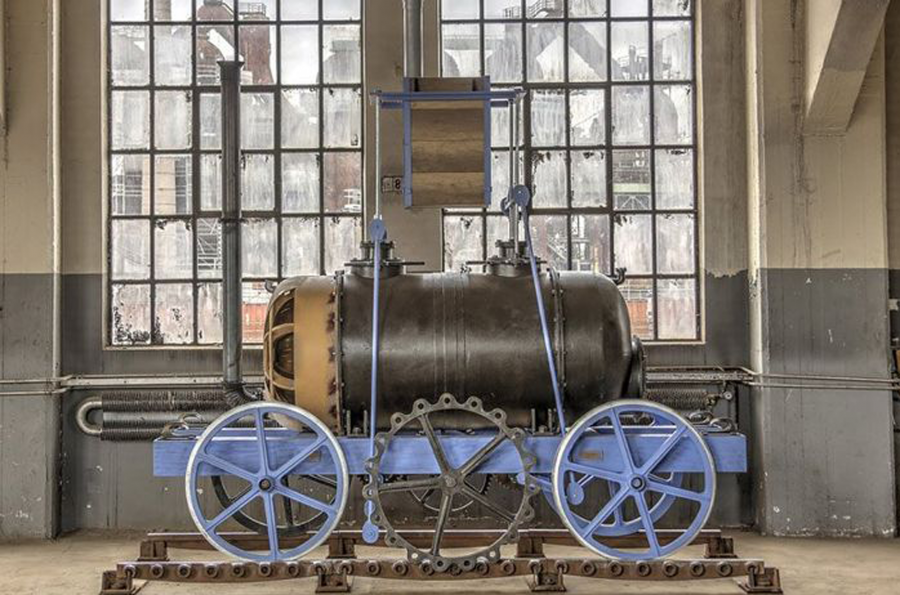
Geislauterner Dampfwagen 720w
You might think you know all there is to know about the Saar-Lor-Lux region. But do you know why a Merovingian grave contained beheaded horses? Did you know that Germany’s first railway almost passed through Geislautern? You can find a replica in the blower hall. How about standing in the gym of the Olympic, the Titanic’s almost identical sister ship?
Or walking into a chapel featuring the Dillingen Triptych, Gerhard Richter’s sketches for Tholey Abbey, and other religious treasures? Standing more than six metres tall, even the Gollenstein, Central Europe’s largest menhir, is now standing in Völklinger Hütte. You’ll be amazed!
Just a piece of paper ?
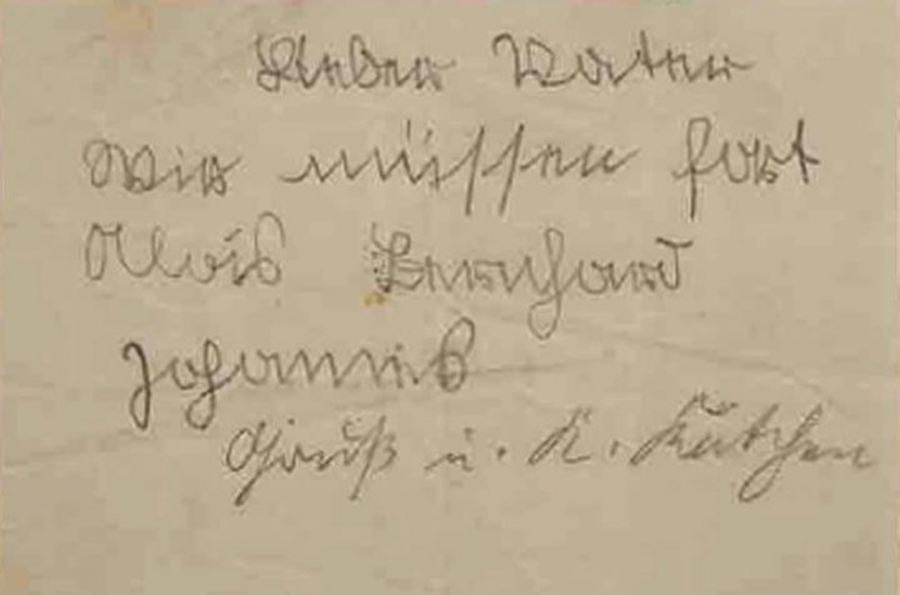
Zettel 320c3df8 720w
“Dear Father, We have to go.
Alois Bernhard Johannes Love a. k. Kätchen.”
On 1 September 1939, the day Germany invaded Poland, the Peitz family was evacuated from Saarbrücken-Burbach. That morning, they were ordered to pack their bags, and by the afternoon, they were on their way to Thuringia. The father, Nikolaus Peitz, a metalworker at the Burbach Ironworks, had to stay.
The seven-year-old Alois wrote his father this goodbye note. Nikolaus kept the note safe for his whole life, and as a result it still exists today: it has become a treasure.
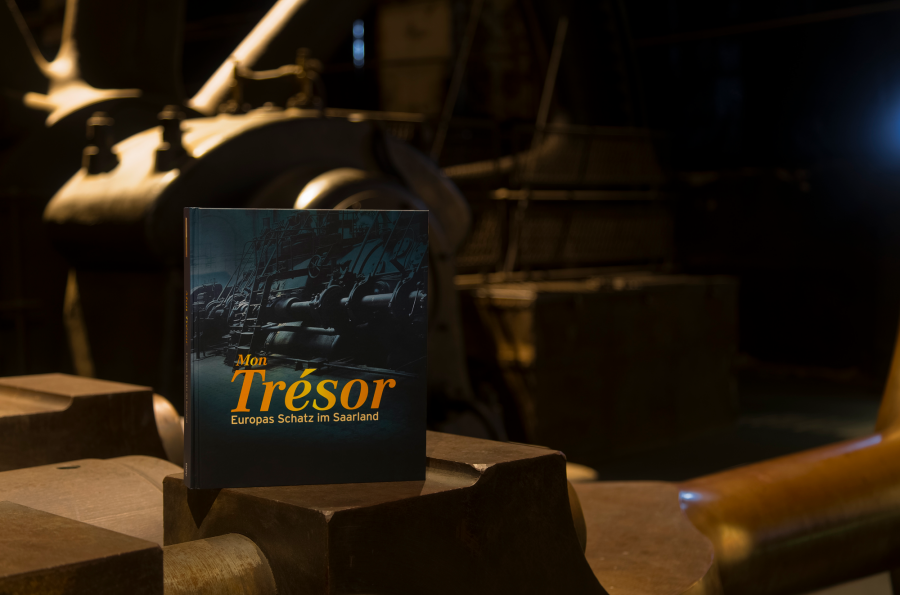
Pressefoto Katalogbuch in Geblaesehalle
The catalogue book is already available: "Mon Trésor. Europa's Treasure in Saarland", edited by Ralf Beil and Frank Krämer; with essays by Ralf Beil, Neil Cossons, Rudolf Echt, Frank Krämer, Christiane Peitz, Rolf Sachsse. Richly illustrated hardcover, 352 pages. Catalog book in German
Price: 35,00 €
Media Gallery
-
Mon Trésor | ZDF heutejournal en
-

Mon Trésor | Der Schatz der Saarländer*innen | Folge 1
-

Mon Trésor | Der Schatz der Saarländer*innen | Folge 2
-

Mon Trésor | Der Schatz der Saarländer*innen | Folge 3
-

Mon Trésor | Der Schatz der Saarländer*innen | Folge 4
-

Mon Trésor | Der Schatz der Saarländer*innen | Folge 5
-

Mon Trésor | Der Schatz der Saarländer*innen | Folge 6
-

Mon Trésor | Der Schatz der Saaränder*innen | Folge 7
-

Mon Trésor | Der Schatz der Saarländer*innen | Folge 8
-

Mon Trésor | Der Schatz der Saarländer*innen | Folge 9
-

Mon Trésor | Der Schatz der Saarländer*innen | Folge 10
-

Mon Trésor | Der Schatz der Saarländer*innen | Folge 11
-

Mon Trésor | Der Schatz der Saarländer*innen | Folge 12
-

Mon Trésor | Der Schatz der Saarländer*innen | Folge 13
-

Mon Trésor | Der Schatz der Saarländer*innen | Folge 14
-

Mon Trésor | Der Schatz der Saarländer*innen | Folge 15
-

X-Ray: Die Magie der Röntgenstrahlen – Ausstellung in der Völklinger Hütte | Deutschlandfunk Kultur |
-

"Das Unsichtbare sichtbar machen": Die neue X-Ray-Ausstellung in der Völklinger Hütte SR Kultur
-

aktueller bericht | Saarländischer Rundfunk
-

Ausstellung "X-RAY – die Macht des Röntgenblicks" in der Völklinger Hütte | SR Kultur
-

THE TRUE SIZE OF AFRICA - Kongo Astronauts / SR Wir im Saarland Kultur - extra
-

Große Kunst aus Afrika | 30 Minuten Kunst | RTL+ Podcast


